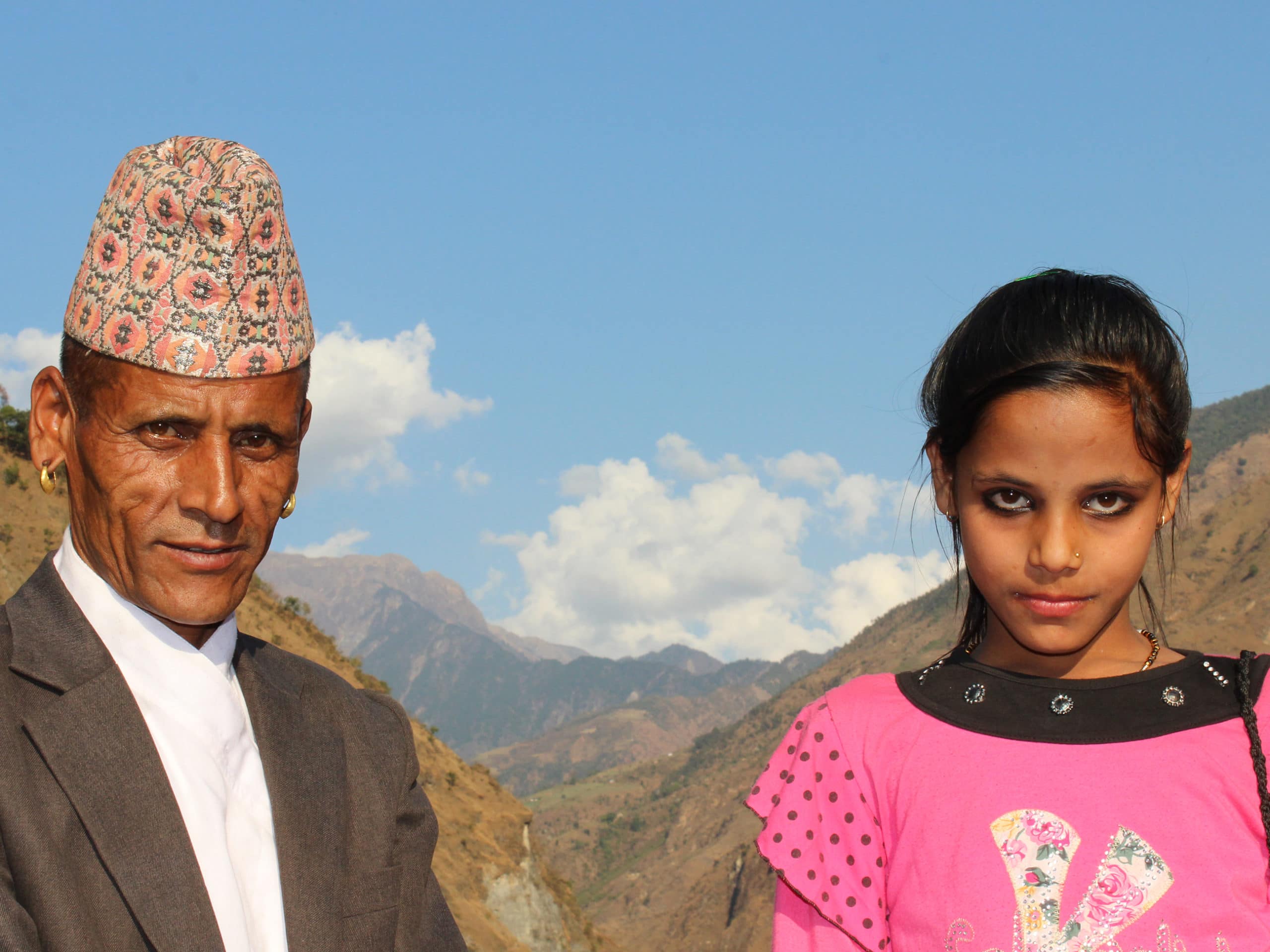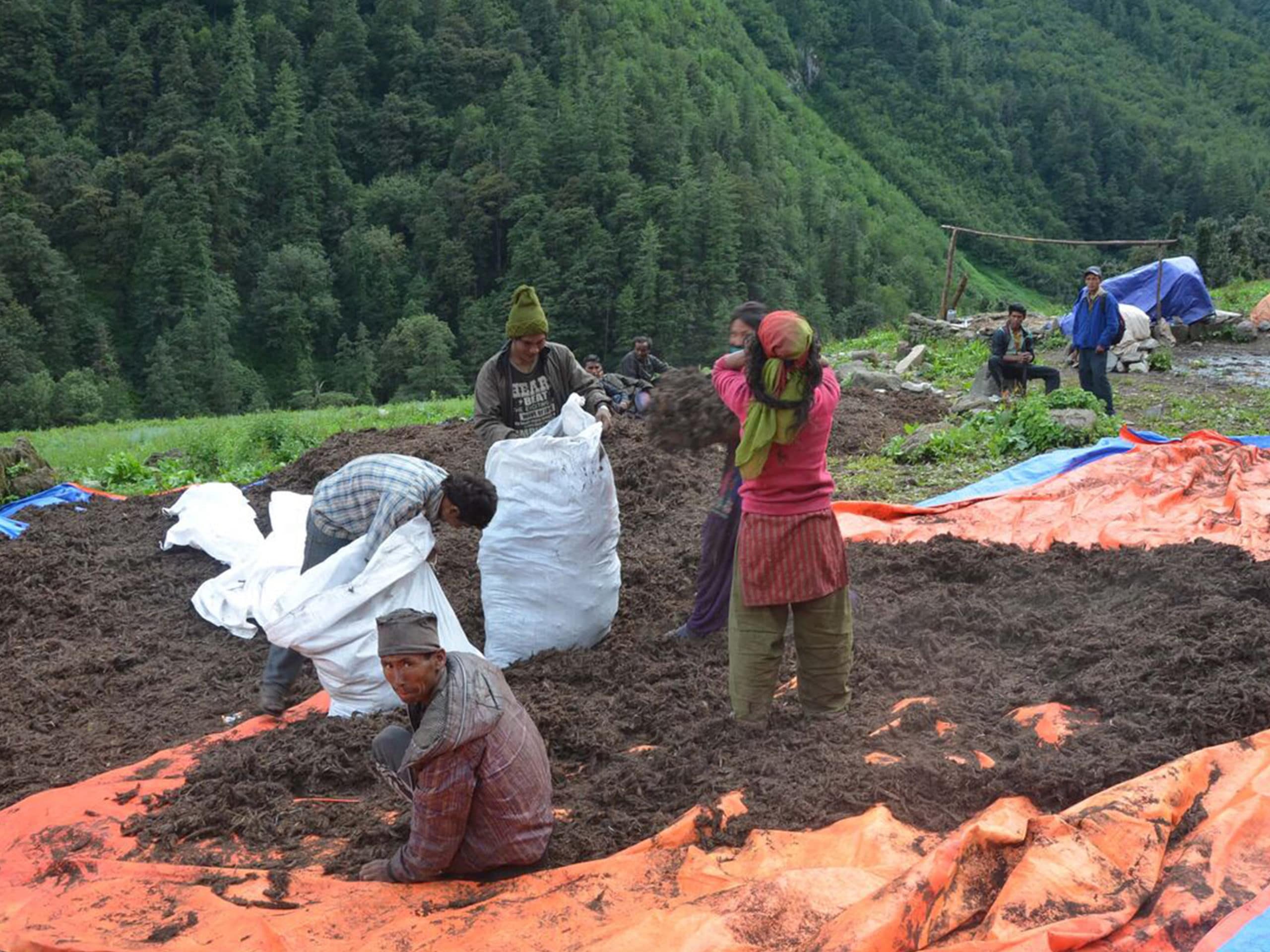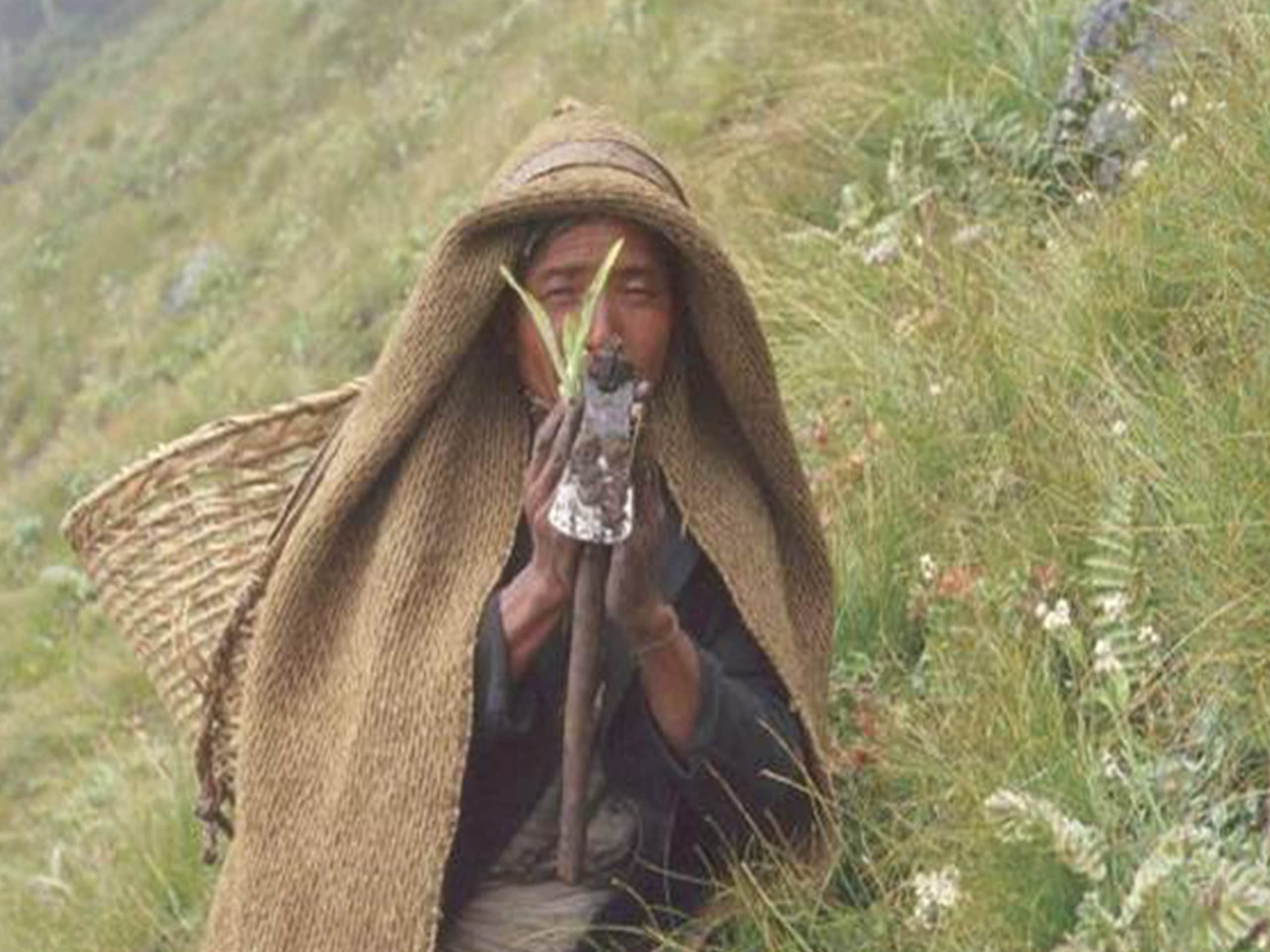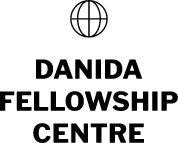The fine art of cross border collaborative research
10-10-18

Based on his experience with three large research collaboration projects in Nepal, Carsten Smith-Hall, Professor at the University of Copenhagen, explains the challenges and achievements of research collaboration projects.
Three key success factors
I think there are some key factors that have made these collaborative research projects successful.
The most important is trust, then comes the mutual understanding of, and respect for, diverse institutional priorities and contexts. Broad collaboration, as opposed to collaboration reliant only on one key individual, also factors hugely in successful research collaboration projects.
This is not to say that progress in any of the three projects was easy or fast. Indeed, it was not. Progress takes place incrementally and not in great strides. Patience, flexibility, and solution-orientation have been key characteristics for all involved.

Heated meetings, consensus building, and joint PhD degrees
We implemented our projects with emphasis on consensus building and the wide acceptance of changes through open meetings and dialogue, which included heated meetings, with all relevant stakeholders. Management and decision-making have built on transparency; existing management structures have been used, rather than building new parallel structures.
We worked hard to achieve the full support of executive management at all levels, and navigated clear of institutional political battles by having an explicit focus on quality research and education.
This, for instance, allowed the introduction of joint PhD degrees at both Tribhuvan University and the Agriculture and Forestry University with the University of Copenhagen. Thus, while changes are incremental rather than rapid, the change processes are inclusive and based on consensus, ensuring ownership and a lasting impact.
The story goes back almost 200 years
Another key aspect of our positive cooperation is the long-term collaboration between Denmark and Nepal at country-to-country level, but also at institutional and individual levels.
The two countries, Nepal and Denmark, have a long history when it comes to research on environmental resources, going back almost 200 years. This started with the botanical colossus, Dr Nathaniel Wallich, perhaps the most important figure ever in Asian botany. He was, among other things, a Fellow of the Royal Society, Vice-President of the Linnean Society, and the seventh Superintendent of the Calcutta Botanical Garden. The palmaceous genus Wallichia was named after him, as was a large number of species of flowering plants and ferns, including the well-known pine Pinus wallichiana, common in Nepal. What is less well known is that he was Danish.
He was born Nathan Wulff, son of a poor merchant in Copenhagen. Eventually knighted by the Danish king, he started his distinguished career by studying medicine at the University of Copenhagen in 1801. After graduation, he arrived in India in November 1807 to work as a surgeon at the Danish settlement of Srirampur, north of Calcutta. He was arrested by the British during the Danish-British War of 1808, but was eventually placed on assignment at the Botanical Garden in Calcutta, the distance between medicine and botany not being great in those days. He was the first Danish researcher to arrive in Nepal; he entered Kathmandu for the first time on 21 December 1820 and proceeded to undertake significant collections of Nepalese plants. The following year he was awarded his PhD from the University of Copenhagen. He continued to work on Nepalese plants throughout his life.

In a way, I followed in Nathan Wulff’s footsteps when I did my PhD (University of Copenhagen) in the mid-1990s in Nepal.
As part of my work, I became acquainted with the Institute of Forestry at Tribhuvan University. During my six month sabbatical stay at the Institute in 1999, the Dean at the time, Dr Abhoy Kumar Das, and I agreed that it could be beneficial for both our institutions to develop closer ties. And, so we did and thereby initiated a good tale of friendship, success, and progress.
The research projects in Nepal
We started by developing and implementing the “Community based natural forest and tree management in the Himalaya” research and capacity building project, better known by its acronym ComForM. It involved 10,000 household visits, 40,000 pages of completed questionnaires, 2.5 million data cells in our databases, more than 200 BSc and MSc theses supported by the project, nine PhD theses, and more than 100 publications. In addition, we established a network of 338 permanent sample plots in forests in the three main physiographic zones of Nepal, and repeatedly surveyed 836 households that use these forests.

A lot has come out of the ComForM project and the collaboration established on this initial project continues to this day.
Research based data for policy making
Indeed, the data generated by ComForM is unique in its breadth and depth – there is probably no comparable data set anywhere in the world. It is my hope that the ongoing talks between the Department of Forest Research and Survey, the Ministry of Forests and Soil Conservation, and the Institute of Forestry will result in the timely re-measurement of the plots in the near future.
This is a logical continuation of the attempt to continue providing meaningful inputs for future policy-making. Our previous research demonstrated the considerable potential for the Nepalese government to pursue poverty alleviation through community forestry. Without the incomes from community forestry, many households would drop beneath the poverty line.
In qualitative terms, there has been a broad build-up of capacities, including administrative skills, teaching skills, and research skills, amongst partner institutions. This has no doubt had a significant impact in areas such as external research fundraising and has served to contribute to the better education of tomorrow’s forest and natural resources managers in Nepal. Today, collaboration is continuing in the research-cum-capacity building projects “Transiting to Green Growth: Natural Resources in Nepal” (TGG-N) and “Science and Power” (SCIFOR), including not only the Institute of Forestry but also other partners at Tribhuvan University and the new Agriculture and Forestry University. These projects are currently generating a range of novel empirical results, including findings that are important at the national level.
Medicinal plants is Nepal’s number one export
The TGG-N project has found that the trade in medicinal and aromatic plants constitutes the economically most important export item from Nepal. Forget about beverages and flavoured water, carpets and textiles, coffee and tea, clothing and footwear, plastics, or iron and steel products. All are surpassed in value by medicinal and aromatic plants.
Interestingly, the export of medicinal and aromatic plants is virtually ignored in official statistics and hence invisible. And, while the harvest, trade, and export are subject to a large number of interventions, these are not aimed at the heart of the matter, namely to ensure sustainable harvests and the development of a pro-poor processing sector where Nepal benefits from its comparative production advantages. This is a challenge we are now trying to address.
Links to projects in Danida Research Portal:
“Community based natural forest and tree management in the Himalaya” (ComForM). Link 1
“Community based natural forest and tree management in the Himalaya” (ComForM). Link 2
“Transiting to Green Growth: Natural Resources in Nepal” (TGG-N).
Go back to our stories